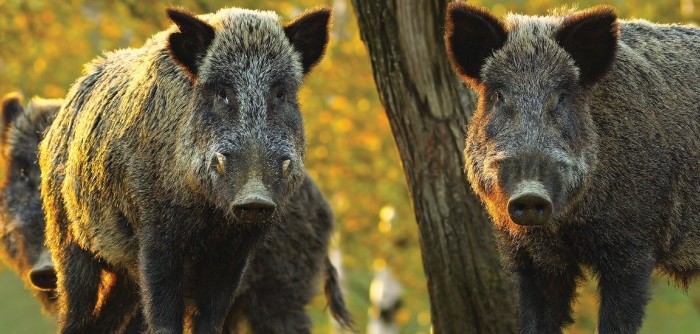Maarten Van Horen graduated in1996 from Ghent University in veterinary medicine and started his career in a pig vet practice. Since 2003 he has worked for ForFarmers as product manager, swine, and often works alongside ForFarmers colleagues in different countries
The Belgian pig industry has experienced a rapid evolution in the last 10 years. The commercial herd has grown and technical results have improved spectacularly.
The average number of piglets weaned/sow/year is now over 30. This means farmers have to deal with very large litters. Piglets are often weaned at three weeks and about 50% of Belgian pig farmers still prefer a Belgian Piétrain boar.
These characteristics are more or less specific to Belgium. Farming in Belgium needs a lot of craftsmanship (like in other countries) and this puts a lot of pressure on Belgian pig farmers. But there is more.
African swine fever
In September 2018, the Belgian pig industry was shocked by news of the African swine fever (ASF) outbreak. Every pig farmer knew that this would affect market prices. Fortunately, the first ASF-positive wild boars were found in an area with a very low density of commercial pig farms. The Belgian Government acted rapidly and closed the area and all pigs on the few commercial farms were all killed. But still market prices dropped by €6/piglet within two weeks and many countries stopped importing Belgian pigmeat.
Seven months on and the situation in the restricted area, where more than 700 positive boars have been detected, is more or less stable. However, the restricted area has grown in size, which means the disease is still spreading – albeit very slowly and posing a low risk of infection to other commercial farms.
Meanwhile, market prices have recovered to outstrip pre-ASF outbreak levels and are now at €40/piglet and €1.24/kg liveweight.
The ASF crisis is no longer a hot topic, but it is very hard to control. The population of wild boars is growing and in some areas they live closer and closer to villages and also to commercial pig farms. It seems to be difficult – or impossible – to kill all the wild boar in the restricted zone, which would spark a huge backlash from animal welfare organisations.
The important questions now are: How did ASF come to Belgium in the first place? How can we eradicate it from Europe? And is vaccination an option in the near future?
Antimicrobial resistance
The reduction of antibiotic use is also vying for position at the top of the agenda. The industry has successfully met targets set in 2011 by the Antimicrobial Consumption and Resistance in Animals (AMCRA) initiative to decrease the use of medicated feed by 50% by 2018.
Farmers collaborated with veterinarians and feed companies to devise a plan, and it showed the value of co-operation between farmer, vet and nutritional adviser.
We saw we could do a lot with the combination of nutritional changes (less focus on performance, more focus on gut health), water treatment and prevention of diseases by improving the health management on farms.
But there is still a long way to go. Preventing intestinal problems likeE. coli, diarrhoea and oedema disease is possible. But the biggest problem, and a difficult one to tackle, is post- weaning streptococcus infections.




